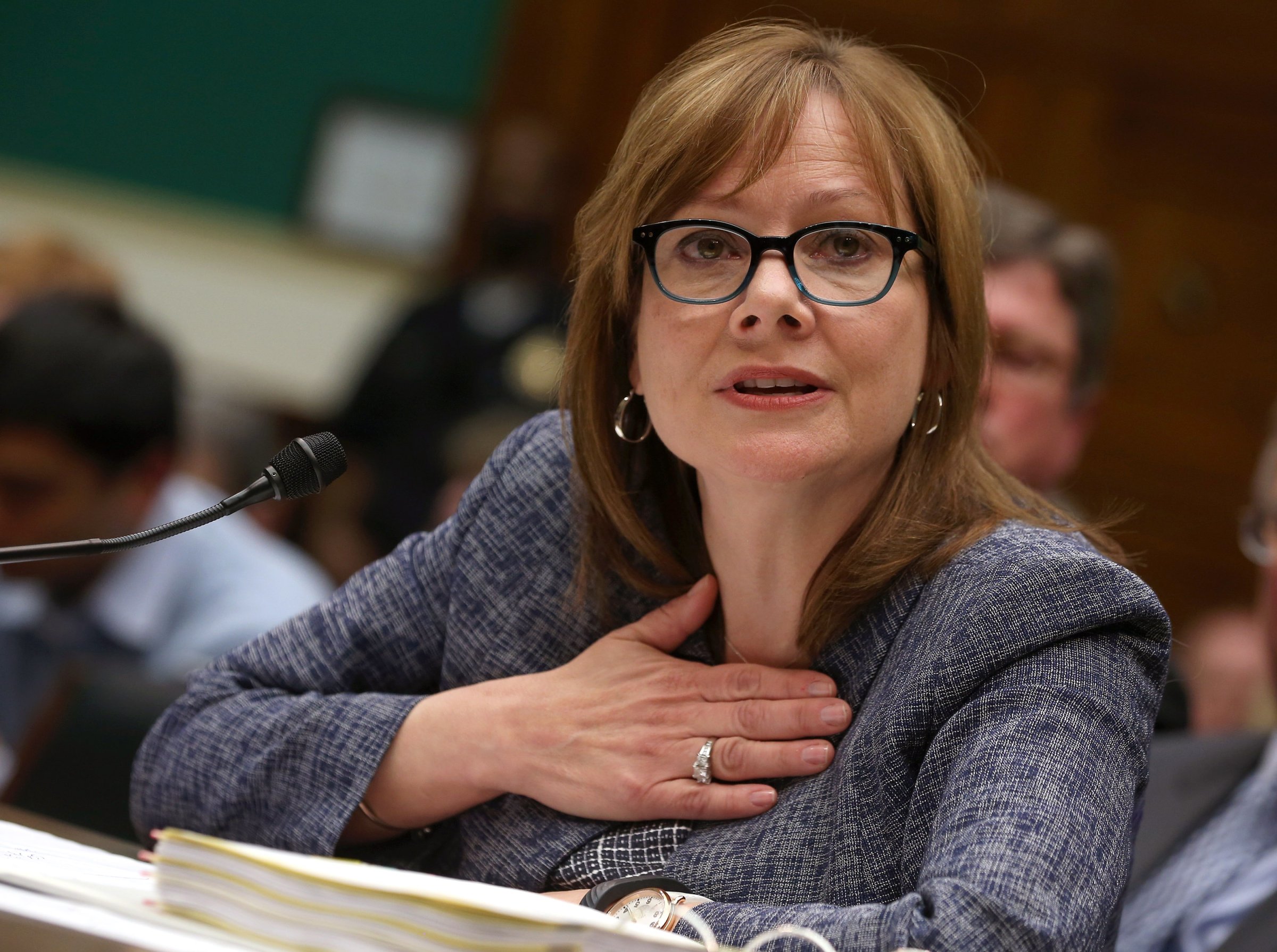
The ongoing and tragic General Motors debacle involving the mishandling of the fatal ignition switch defect reached its latest milestone with the release last week of a company-commissioned 315-page report by former U.S. Attorney Anton Valukas. Valukas condemned GM’s “troubling disavowal of responsibility” that led “to devastating consequences.” He declared that for more than a decade, the facts about these faulty switches that took the lives of motorists by stalling and depowering the vehicles thrashed around an “astonishing number of committees” inside GM’s sprawling silo-like bureaucracy.
What Valukas delivered for top GM management was concisely described by Sen. Richard Blumenthal (D-CT), who said, “It seems like the best report money can buy. It absolves upper management, denies deliberate wrongdoing and dismisses corporate culpability.”
The Valukas Report concluded that there was no cover-up, even though GM’s new CEO Mary Barra attributed the delay to a “pattern of incompetence and neglect.” She dismissed mid-level employees, some senior level managers, disciplined five others and installed new executives to supposedly shape up the place.
In her speech to 1,000 GM employees, Barra began to get at the core problem when she declared that employees should report failures to their supervisors and, if that doesn’t work, to “contact me directly.” This is not remotely the right sequence. Few employees would expose their careers to such potential retaliation by the “cover their rear” attitude of the GM hierarchy.
The report cites what has become known as the “GM nod”: “The GM nod, Barra described, is when everyone nods in agreement to a proposed plan of action, but then leaves the room with no intention to follow through, and the nod is an empty gesture.” Other witnesses explained the “GM salute, a crossing of the arms and pointing toward others, indicating that the responsibility belongs to someone else.”
Meanwhile, year after year, nearly 3 million Chevrolet Cobalts and Saturn Ions, among others, carried this lethal but easily fixable defect, resulting in highway crashes, deaths and injuries. Not until February of this year did GM announce the recall of millions of these cars. Nor did the Department of Transportation act to compel such a recall, even though it knew about the defect for years. Finally, this year, it fined GM the maximum sum of $35 million.
How can top management not be held accountable for such a pattern of inaction, such a miasma of evasive, uncommunicative committee structures, such a malfunctioning chaos of mortal information not being passed on to the top officials of the company? Taken together, it clearly was a 13-year institutional cover-up.
Clarence Ditlow, longtime GM watchdog and head of the Center for Auto Safety, which I co-founded, called the Valukas report “little more than an elaborate whitewash that buys into GM’s arguments that it was a bunch of incompetent engineers, lawyers and mid-level managers who were fired as a result.” Ditlow argues that “GM has a corporate culture where denying safety problems has been prevalent and taking responsibility for safety defects has been rare.” He also faulted the report’s “buying into the company’s argument that this is just an airbag defect – yet stalling has been the subject of over 300 safety recalls from all companies from 1966-2013. The Valukas report ignores the 2004 death and injury Early Warning Reports (EWR) filed by GM on the models covered by the ignition switch recall through 2013.”
Incredibly, the ignition switch hazard was classified as a “customer convenience issue,” rather than an urgent safety failure. But as former National Highway Traffic Safety Administration physicist Dr. Carl E. Nash told me, GM has a long history of denial, delay, cover-ups and blaming everyone but itself for millions of serious defective motor vehicles.
GM is bracing for the results of the Justice Department’s criminal investigation, the Securities and Exchange Commission’s probe, and the two Congressional Committees’ ongoing inquiries, all of which lie ahead. But on its own, GM must act to compensate the bereaved families and the injured survivors in product-defect crashes both before and after its 2009 bankruptcy and its $50 billion government bailout. The kangaroo court of corporate bankruptcy dissolved existing personal injury claims, stripping the victims of their constitutional rights to have their day in court.
Secondly, shuffling personnel and rearranging committees will not do the job Barra says she wants done. What will be effective is if she establishes an independent ombudsman who confidentially receives complaints from internal whistle-blowers and reports them directly to GM’s CEO and President, as well as to the Department of Transportation. As Nassim Taleb wrote in his recent book Antifragile, nothing is more productive of accountability than top bosses having “skin in the game.”
Providing a monetary incentive to the reporting employee for saving the company a boatload of trouble and averting highway tragedies will also help. Companies often give money to workers who suggest dollar-saving ways to run production or distribution lines. GM can certainly do the same for internal life-saving reports by conscientious GM personnel.
Ralph Nader is a consumer advocate and author of Unstoppable: The Emerging Left-Right Alliance to Dismantle the Corporate State.
More Must-Reads From TIME
- The 100 Most Influential People of 2024
- Coco Gauff Is Playing for Herself Now
- Scenes From Pro-Palestinian Encampments Across U.S. Universities
- 6 Compliments That Land Every Time
- If You're Dating Right Now , You're Brave: Column
- The AI That Could Heal a Divided Internet
- Fallout Is a Brilliant Model for the Future of Video Game Adaptations
- Want Weekly Recs on What to Watch, Read, and More? Sign Up for Worth Your Time
Contact us at letters@time.com